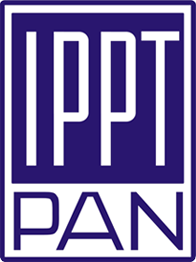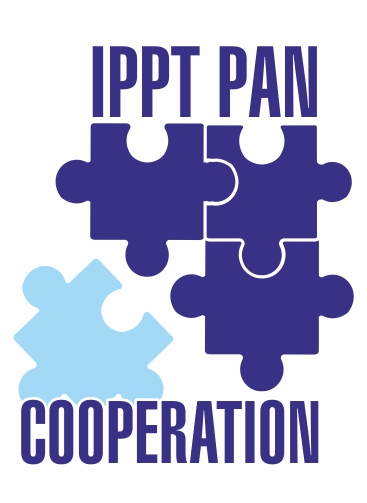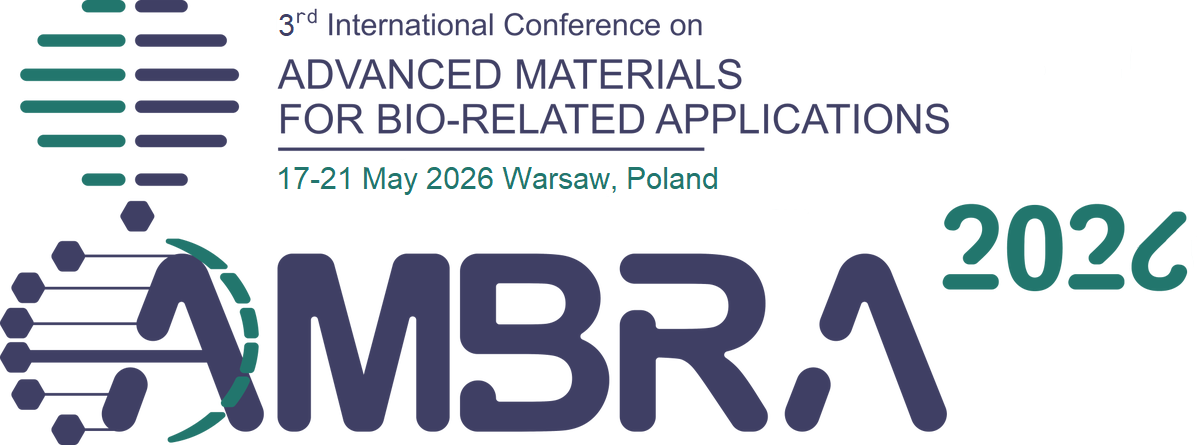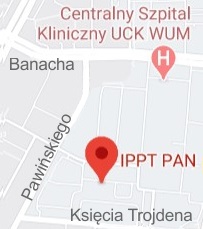| 1. |
Bochenek K., Węglewski W., Basista M., Chmielewski T., Strojny-Nędza A.♦, Jarosiński J.♦, Nickel-chromium coatings with rhenium and aluminium oxide additions deposited by HVOF technique for steam boilers application,
Thermec 2021, INTERNATIONAL CONFERENCE ON PROCESSING & MANUFACTURING OF ADVANCED MATERIALS, 2021-06-01/06-05, Wiedeń (AT), pp.86-87, 2021 Abstract:
The corrosion and erosion processes are detrimental to the lifetime and maintenance costs of steel combustion boilers in the energy sector. One of the remedies for this problem can be novel NiCr based coatings applied on structural elements, which are exposed to aggressive agents. NiCr alloys are known for their resistance to chemical and physical degradation in high temperature. Introducing a small admixture of rhenium and alumina ceramic to NiCr results in further increase of mechanical and wear properties of the coating. Three different deposition techniques were employed (HVOF, laser cladding and plasma spraying) to manufacture the coatings. The primary target of this research was to identify by experiments and numerical simulations the most promising deposition technique for the industrial application of the investigated coatings. Thermal residual stress measurements by XRD have shown that the lowest stresses occurred in the HVOF-deposited coating. The micro-CT based numerical simulations have confirmed this finding. The highest hardness was also manifested by the coating deposited by HVOF. The admixture of 10% vol. of Al2O3has improved the coating wear resistance. Remelting of powders during the laser cladding and low wettability of alumina were the main reasons of the unwished migration of ceramic particles towards the coating surface. A non-standard adhesion test was used to examine the coatings integrity and adhesion to the substrate. The obtained results point to the HVOF technique as the most promising of the three techniques considered. Moreover, HVOF can be easily implemented for complex shapes of the components. Affiliations:
| Bochenek K. | - | IPPT PAN | | Węglewski W. | - | IPPT PAN | | Basista M. | - | IPPT PAN | | Chmielewski T. | - | IPPT PAN | | Strojny-Nędza A. | - | Institute of Electronic Materials Technology (PL) | | Jarosiński J. | - | other affiliation |
|  |
















